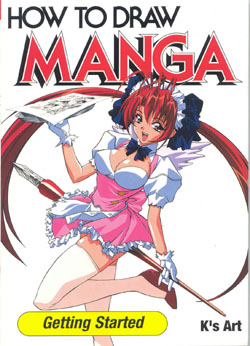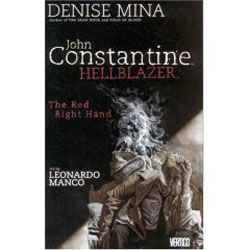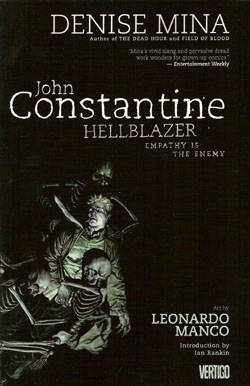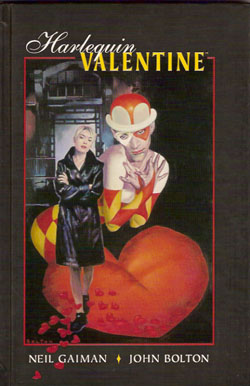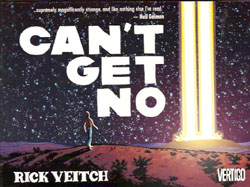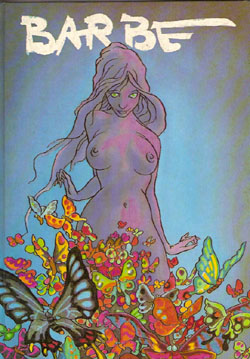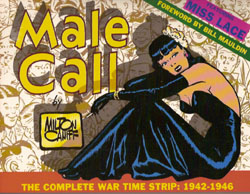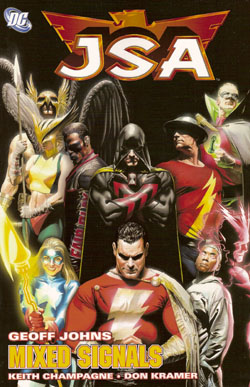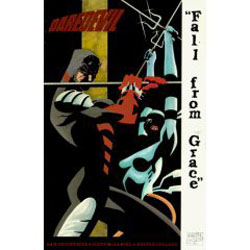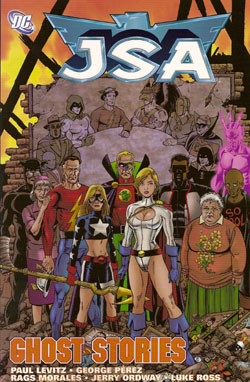
By Paul Levitz & various (DC Comics)
ISBN 1-84576-441-2
With the cancellation of the monthly comic book an open secret, sentiment seemed to prevail in the DC offices and veteran Justice Society scribe Paul Levitz returned to write the “final†story-arc of the original super-team, before the company wide reboot of the DC universe took permanent hold (Permanent being defined as “until we decide to change our minds againâ€).
Ghost Stories is a simpler tale from a more traditional perspective, and I suspect, produced for a die-hard audience like myself. It begins with Power Girl learning of and experiencing a 1950’s exploit of Superman and Batman involving the mysterious ‘Gentleman Ghost’. Drawn by George Perez and inked by Bob Smith, ‘Ghosts in the House’ is as much pastiche as prologue, and leads into the next chapter which fell under the umbrella of DC’s One Year Later relaunch.
When the spirits of the dead start appearing to modern day JSA-ers and their families, the heroes mobilise and soon confront the Gentleman Ghost who wants not only revenge but also to live again, which he can only achieve by killing the team. ‘Who’s Afraid of Ghosts?’, ‘When the Dead Call…’ and ‘…The Living Must Answer!’ are illustrated by Rags Morales and Dave Meikis, with flashback sequences by Luke Ross.
Long-time fan and fan-favourite Jerry Ordway returns to draw the series to a close in ‘Where the Highwaymen Rode…’ and ‘Ghost in the Castle’, with the plain, honest indomitable good-defeating-overwhelming-evil plot coming triumphantly together to close the current series in a deeply satisfying manner. This tense, action-packed old-fashioned romp is a fitting close to a possibly over-extended chapter in the long history of this greatest of super-teams. Although possibly not to everyone’s taste, this is a series with more highs than lows for the fan of costumed do-gooding.
© 2006 DC Comics. All Rights Reserved.

